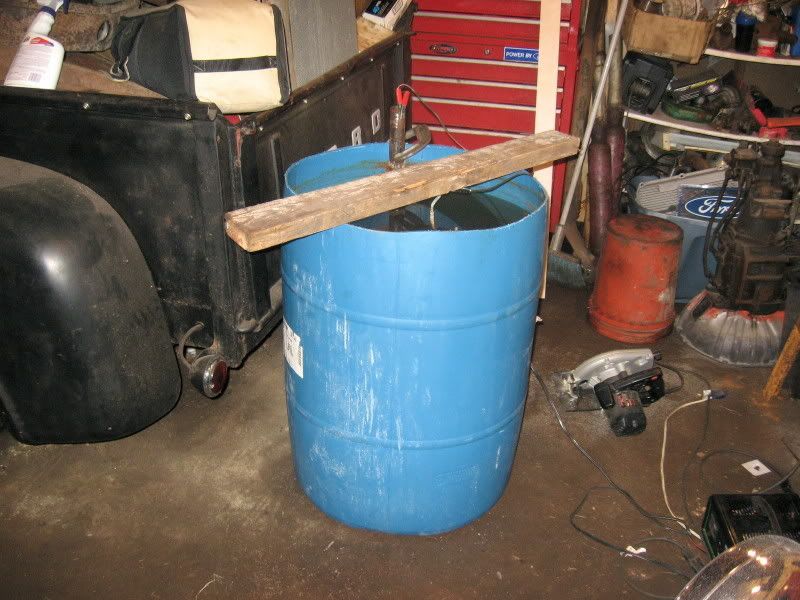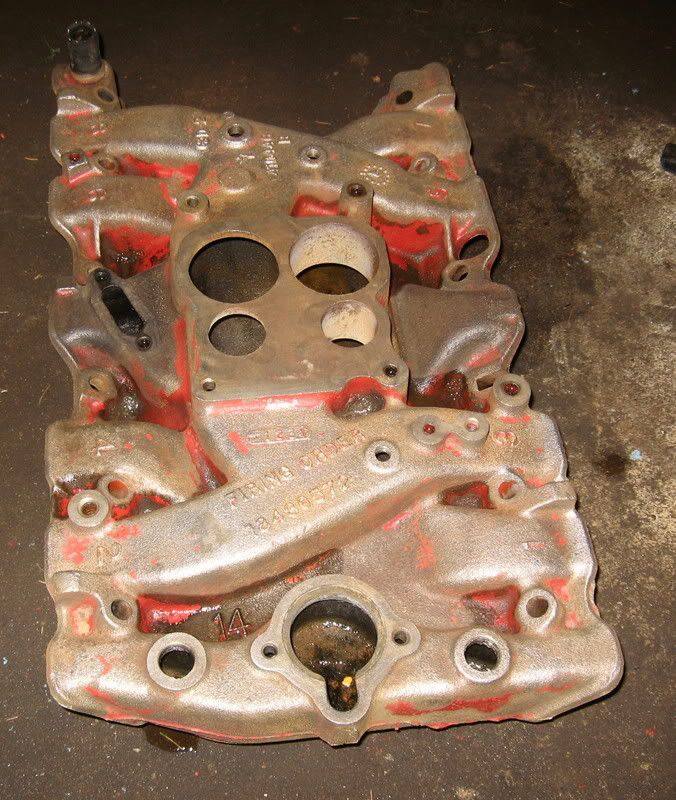I tried it today and was absolutly blown away by how well it works.

I used first just one then ended up with 3 - 5 gal buckets of water, a tablespoon per gal of baking soda, and one 2 amp batterycharger jumpered to all 3 buckets.
This is just too easy.
I did a little research first and this is what I learned.
Arm and hammer WASHING SODA works best. I used baking soda. Washing soda has lye in it .
The positive goes to the steel (not the part to be cleaned)
The negitive goes to the parts to be cleaned.
It kinda works by line of sight so I used 2 or 3 pieces of steel connected to positive evenly spaced around the perimiter of the buckets.
Dont use stainless or lead as the positive chunk you throw into the water because it will put metals in the water that will make it toxic. With just steel and bakingsoda, you can dump it on your lawn and its not toxic.
If you had a power supply that would let you apply only 500 milla amps (1/2 amp) you would actually build up the steel converting some of the rust to iron. I used 2 amps and just blew the rust off.
The water never goes bad. It gets dirty but is good forever.
You CANT over clean steel. It wont hurt it in any way.
Works for brass and aluminum but I am not clear totally about that yet. They clean up faster. Left too long you can corrode them causing pits.
It doesnt do such a good job if multiple parts are touching tightly. The rust remained on the threads of the bolt under the nut.
I connected multiple pieces together with small jumper cables.
A little 3m scrubbing or wire brush after removal and its amazing.
I didnt take pics before

but if you can imagine the most rusted, pitted, crusty 70 yr old headlight buckets and a 50 yr old rusty crusty pitman arm you have the before picture.
Now look at them.
This took 6-8 hrs.

You have to try this, its just too cool.

























































